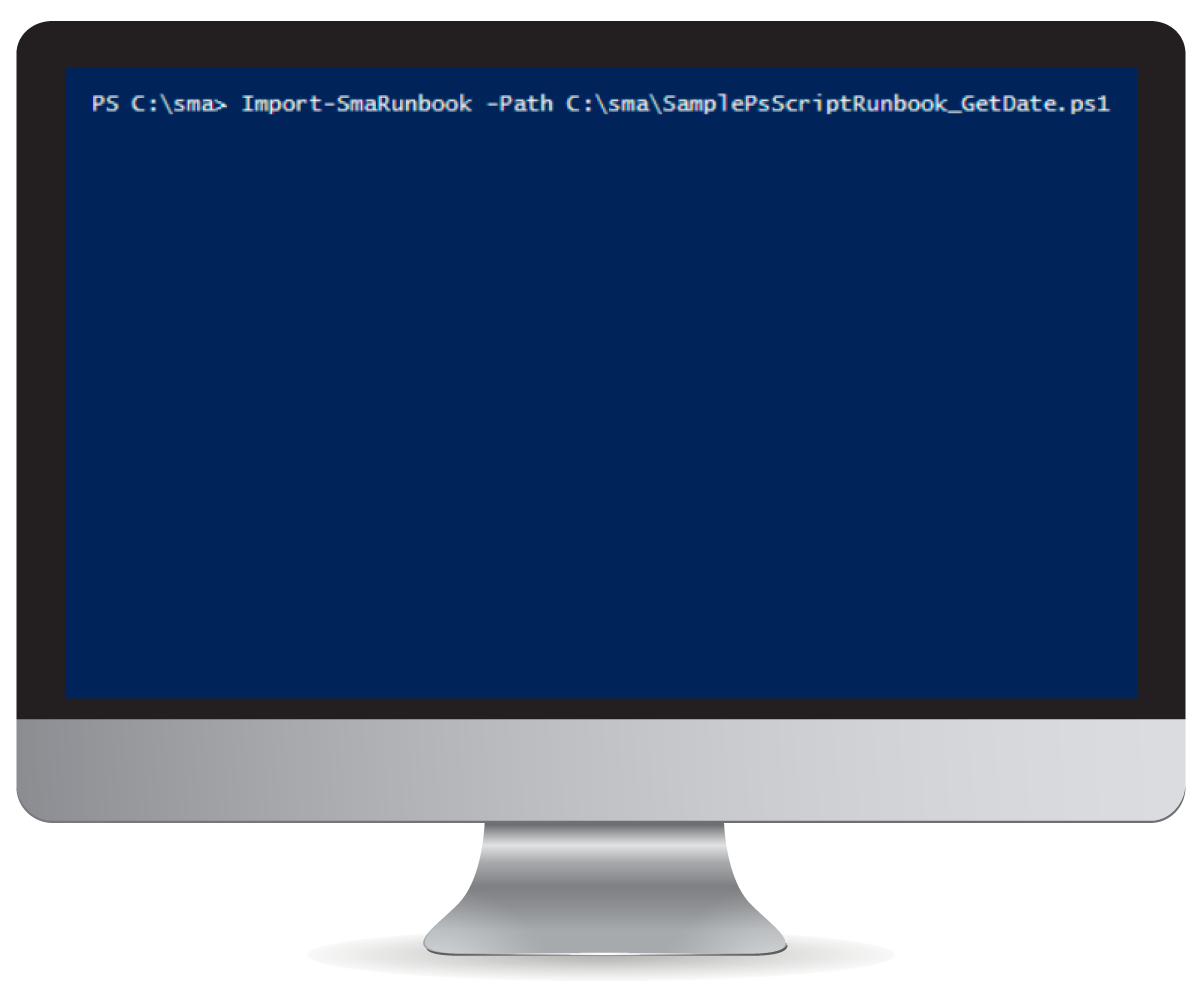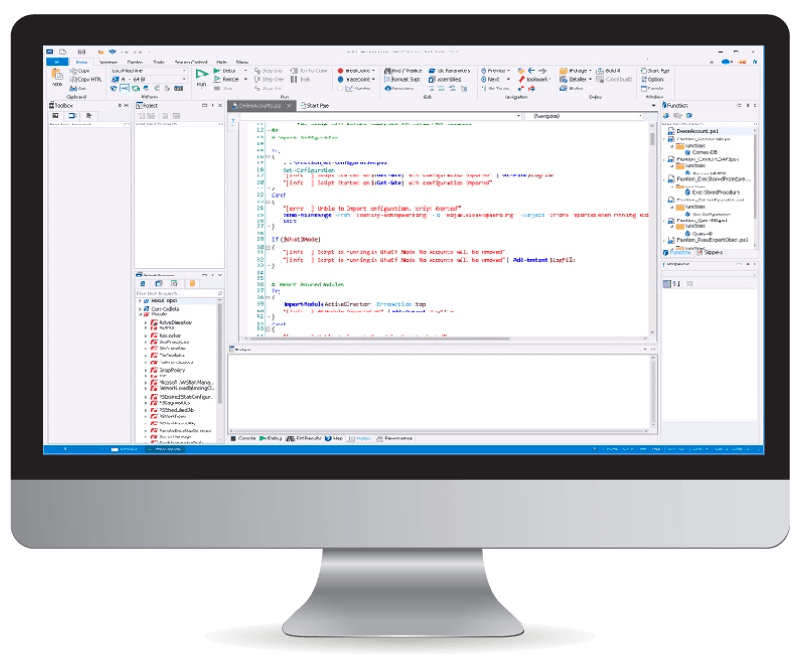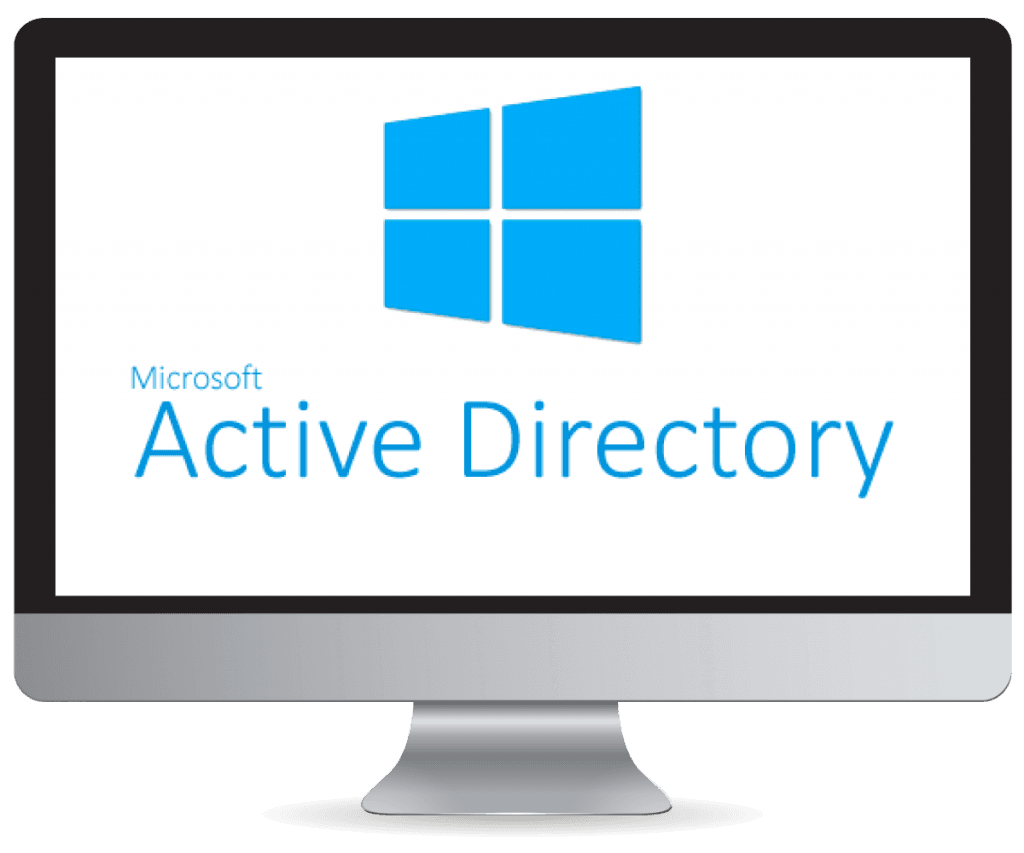What is scripting?
Scripting means different things to different people. In some cases, script can be as simple as one line command executing on your local computer system. But script can also be a complex set of commands following complex logic and automating operations between many different systems.
You can think of scripting as a “glue” helping you put together different parts of your IT systems and data. Through scripting, we are able to extract data from your IT systems, apply logic to it, and take actions on those systems.
What is enterprise scripting?
Enterprise scripting is scripting at the higher level. When scripting for the enterprise, issues such as code documentation, code reuse, error handling, logging and security have to be taken very seriously.
At the same time, because of this approach, scripting for the enterprise allows us to crate full‑blown applications allowing end‑to‑end automation of many very complex IT tasks. Because enterprise‑type organizations are large and have process‑driven business structure, scripting is ideally suited for implementation at large enterprises and offers the greatest benefit.
How does scripting relate to Microsoft Active Directory?
At a core of almost any enterprise organization is the Microsoft Active Directory (AD).
Together with other directory services (LDAP, FS, etc.), AD is the key to managing identification and authentication as well as your users, computers and group objects in your enterprise. AD is also your main hub for integration, on which your other systems rely for functioning efficiently while also ensuring confidentiality, integrity and availability of your enterprise systems and data. Those systems often include:
- Human resources management systems (HRMS)
- IT service management systems (ISMS)
- Databases
- Messaging
- IAM and IS applications and systems
- and more.
AD — as well as other systems mentioned — are ideally suited to be managed via scripts and APIs, as many PowerShell modules and APIs have been developed for this purpose.
Why do you need scripting automation?
For example...
Your IAM product may be very good at disabling terminated employee user accounts in AD, but unable to address the need to change password or ownership of the privileged or service accounts (high‑level access accounts) to which the terminated user had access to.
InfoSec Automation is ideally suited to address this and other similar problems, in a very efficient and reliable way.
For example...
Getting notified of suspicious or abnormal activity on your systems is crucial to you enterprise availability and security. Traditional alerting tools are inflexible and provide alerts for a single system only, with no consideration of other systems.
InfoSec Automation provides flexible automated alerting solutions triggered by events on one or more systems, based on logic that is fully customizable.
For example...
One service desk analyst may choose to name the security group in one way, while another may name it in a very different way. An analyst may fail to set up one or more important attributes on the account.
InfoSec Automation can provide your team members with the custom PowerShell GUI tool that would enable your analysts to always perform an action or set of actions in a correct and consistent fashion.
How do we do it?
Our main goal is to keep you productive by helping you mange your AD objects in the most efficient and secure way possible.
Infosec Automation can help you:
Evaluate the current state of managing objects in AD
Identify potential problems (through custom reporting)
Provide one‑time cleanup
Set up custom scripts and scheduled tasks (through automation) to prevent the problems from occurring again

Start your scripting solutions today.
Maximize the value of systems and data you already own!


